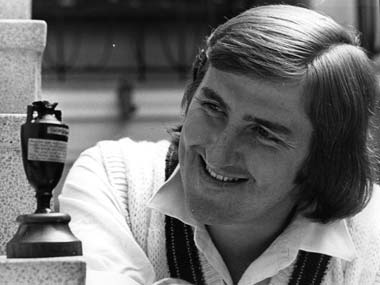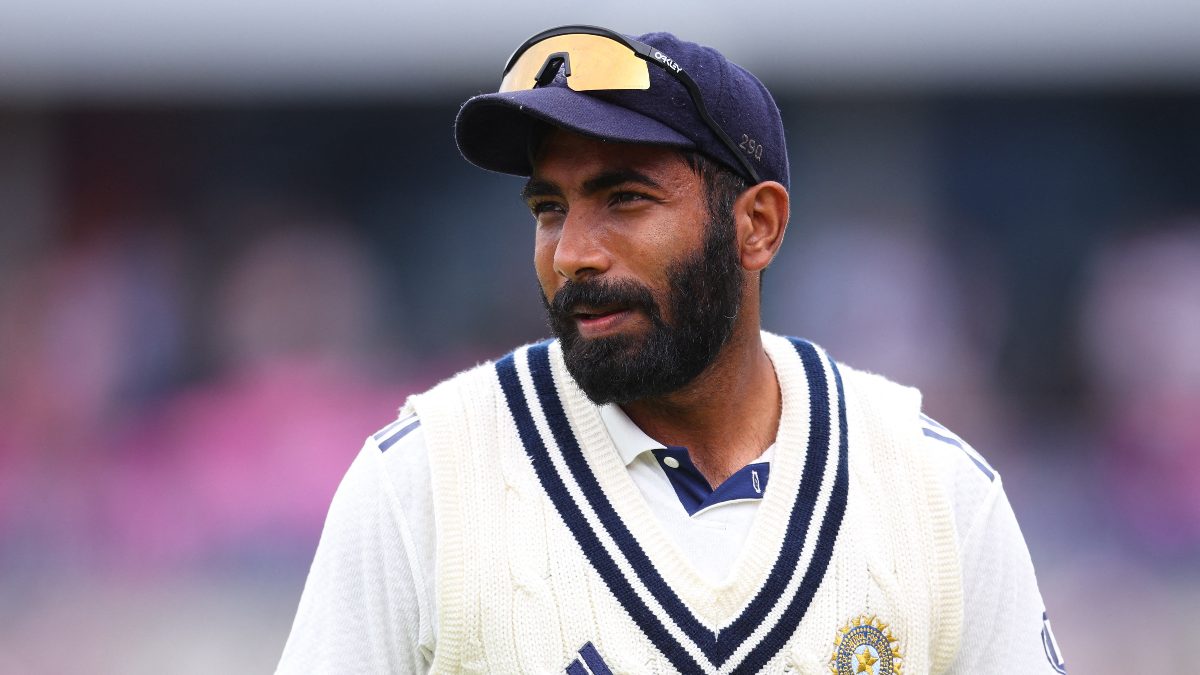The best, and most surprising, performance in a World Cup semi-final belongs to a 23-year-old Australian playing in just his third ODI. Left-arm swing bowler Gary Gilmour spent the preliminary stages of the 1975 World Cup as Australia’s 12th man, while Dennis Lilee and Jeff Thompson led the bowling attack in the first three games. Gilmour was, however, drafted into the side for the semi-final against England and a green and damp Headingly pitch, aided by a strong breeze, would turn out to be the perfect partner for him. [caption id=“attachment_2075585” align=“alignleft” width=“380”]  Gary Gilmour. Getty[/caption] Australia put England into bat, and, according to Wisden, “from the way fieldsmen ran to change round at the end of each over they were obviously trying to get as many overs as possible bowled before the greenness went.” They need not have worried. Gilmour bowled his entire quote of 12 overs unchanged to take 6 for 14 as England slumped to 36 for 6. “Bowling a full length, over the wicket, he not only swung the ball in the heavy atmosphere, but he moved it both ways after pitching,” reported Wisden. Four of Gilmour’s victims – Dennis Amiss, Keith Fletcher, Frank Hayes and Alan Knott - were trapped LBW by balls which seamed into them, while Barry Wood was yorked. The only time Gilmour needed assistance was when Tony Greig edged an outswinger and Rod Marsh flew to his right to take a spectacular one-handed catch. It was the first six-wicket haul in one-day cricket and remained the best bowling figures in a World Cup until 1983, when Winston Davis took 7–51 against Australia. England folded for 93 from 36.2 overs and Gilmour must have thought his work for the day was done. It was not. Using the same conditions to their advantage, John Snow and Chris Old tore into Australia’s batting line-up and Gilmour found himself walking in to bat with the score 39 for 6. Undaunted, he swung his bat to telling effect, smashing five fours in a run-a-ball 28 to take Australia to a four-wicket victory alongside Doug Walters, who made a patient 20 from 43 balls. The entire match lasted just 65 overs – matches were 60-over affairs in those days – but Gilmour’s heroics ensured nobody went home disappointed. “There was tremendous excitement, especially when Australia, in search of 94 runs needed to win, lost six wickets for 39 runs,” Wisden reported. “Gasps, groans, or cheers, followed every ball.” Gilmour followed up this performance with 5 for 48 in the final but Australia succumbed to the West Indies. Gilmour would go on to play just one more ODI after the World Cup and that semi-final would forever remain the high water mark of his career.
Gilmour would go on to play just one more ODI after the World Cup and that semi-final would forever remain the high water mark of his career.
Advertisement
End of Article
Written by Tariq Engineer
Tariq Engineer is a sports tragic who willingly forgoes sleep for the pleasure of watching live events around the globe on television. His dream is to attend all four tennis Grand Slams and all four golf Grand Slams in the same year, though he is prepared to settle for Wimbledon and the Masters. see more


)

)
)
)
)
)
)
)
)



